Anyone who’s read David Byrne‘s wonderful book How Music Works would know that man is a great thinker, with a gift for articulating of ideas that are both profound and complex. But before the book was released, in 2003, he published another equally impressive work called Aboretum.

Get lost in David’s Byrne’s hand-drawn diagrams that explore the roots of contemporary phenomena, terminology and the human condition.
Over a decade ago, Byrne began making “mental maps of imaginary territory” in a small notebook. These hand-drawn diagrams, which make up the body of Aboretum, explore different aspects of the human condition: the flow of social information, morals, habits, consumerism, relationships and psychology.
The diagrams are ostensibly simple, yet thought-provoking; some funny, some cynical, some abstract and others that obfuscate the mundane.
In the introductory essay, simply titled “Why?,” Byrne discusses the impetus for the sketches, and the processes of ‘rational thinking’:
“Maybe it was a sort of self-therapy that worked by allowing the hand to ‘say’ what the voice could not.
Irrational logic — I’ve heard it called that. The application of logical scientific rigor and form to basically irrational premises. To proceed, carefully and deliberately, from nonsense with a a straight face, often arriving at a new kind of sense.
But how can nonsense ever emerge as sense? No matter how convoluted or folded, it will still always be nonsense, won’t it?
I happen to believe that a lot of scientific and rational premises are irrational to begin with — that the work of much science and academic inquiry is, deep down, merely the elaborate justification of desire, bias, whim, and glory. I sense that to some extent the rational ‘thinking’ areas of our brains are superrationalization engines. They provide us with means and justifications for our more animal impulses. They allow us to justify them both to ourselves and then, when that has been accomplished, to others.”
See a collection of the drawings that comprise Aboretum below.
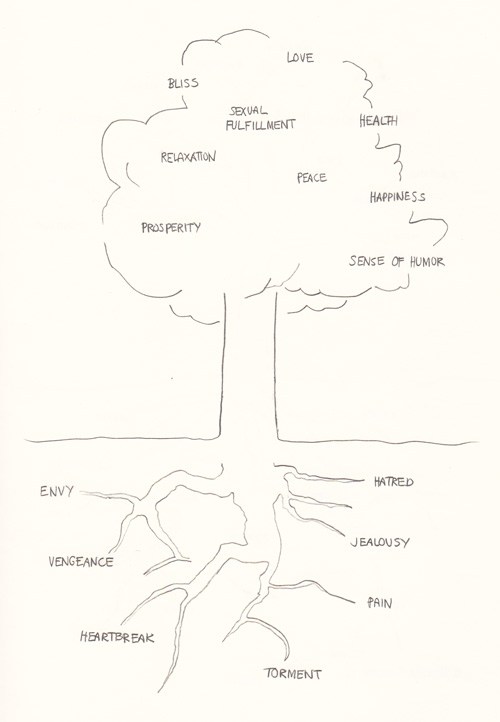
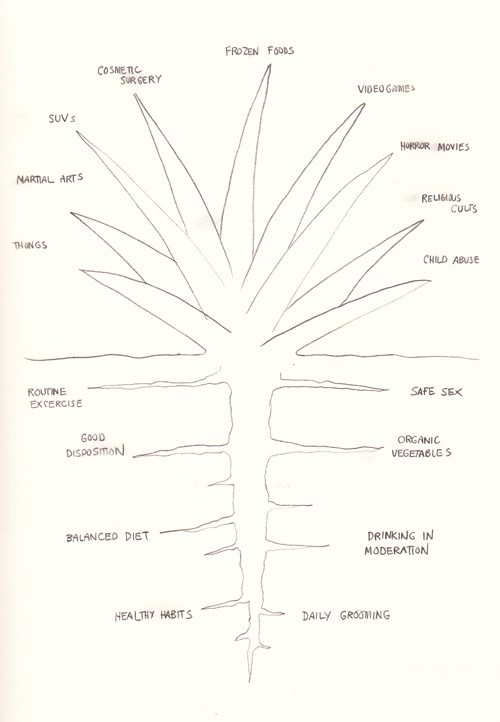

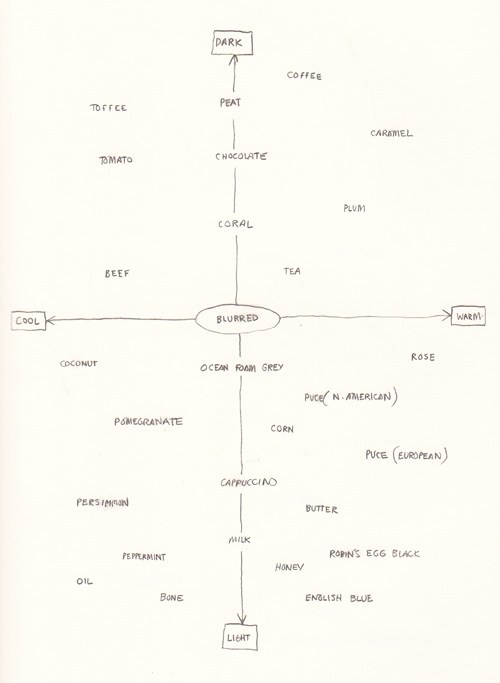
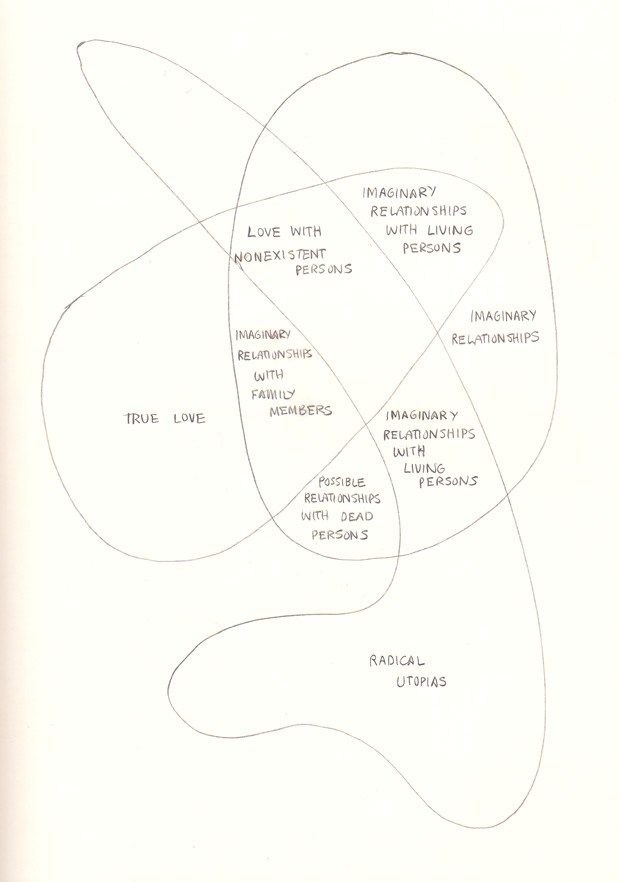
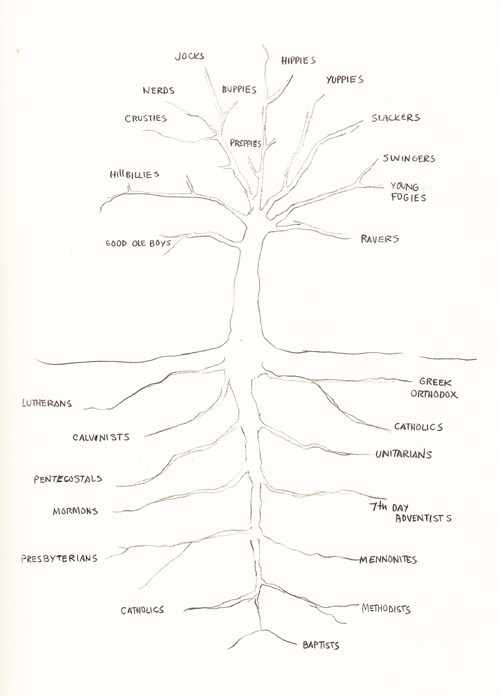
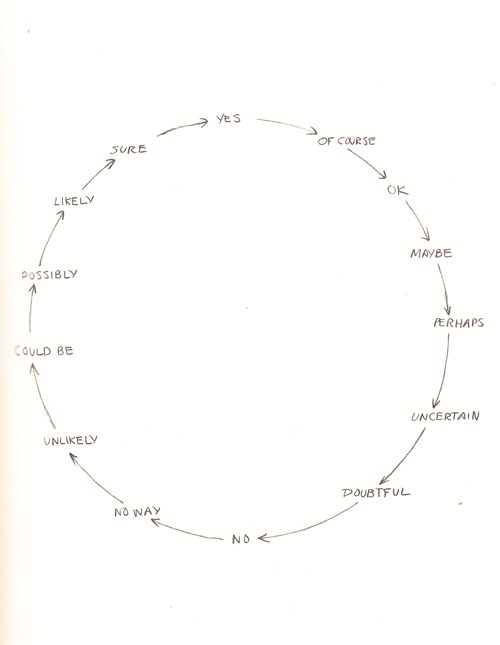
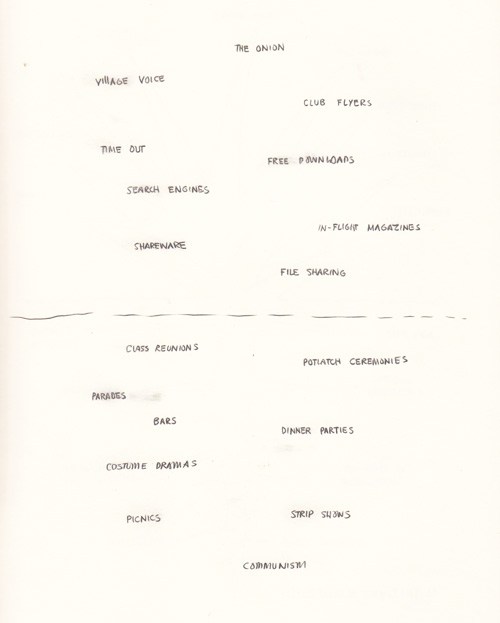

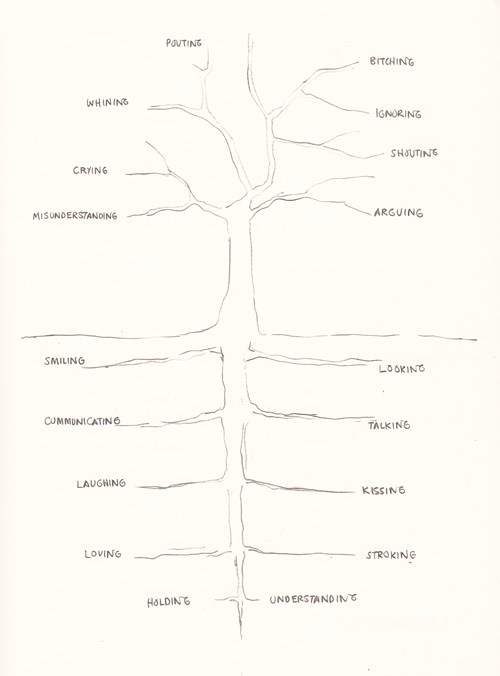
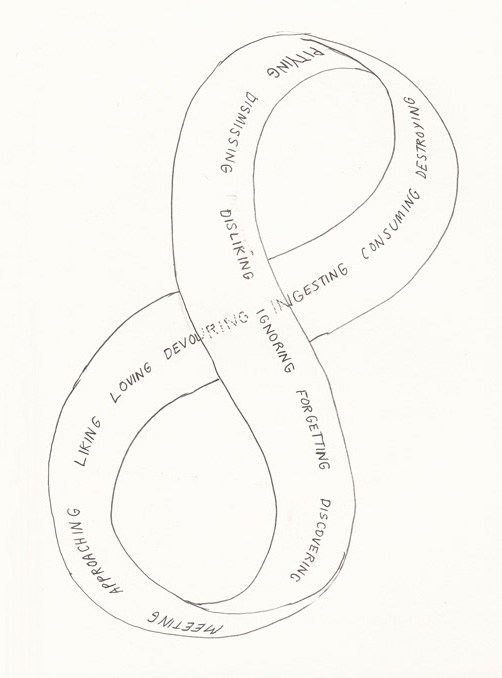
[via Brain Pickings]



